Tripura – Culture and Tradition
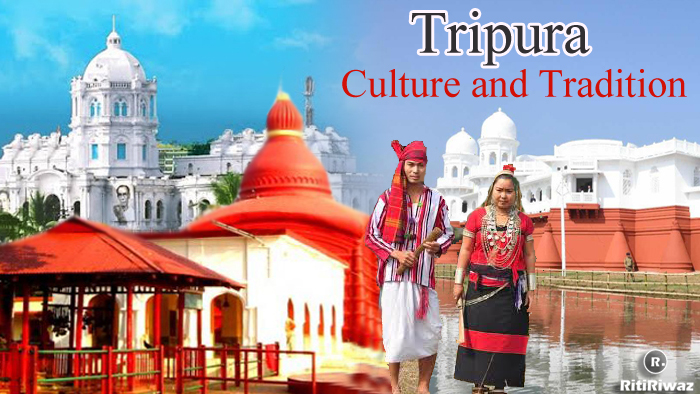
Tripura is one of the third smallest states of India, with boundaries of the state meeting Assam and Mizoram and the international borders meeting Bangladesh. Tripura is also included in seven sister states along the North-Eastern border of India. Agartala is the capital of Tripura. Some states in India are very large, such as Rajasthan and some states are very small and are difficult to find on the map such as Goa, Sikkim, and Tripura.
Tripura means ‘tui’ (water) + ‘pra’ (near) ‘near water’ is the third smallest state in India after Goa and Sikkim. Tripura has its problems in the northeastern regions of India, being isolated from the rest of the country, hilly terrain, and tribal population.
More than half of Tripura is surrounded by forests, which attracts nature-loving tourists. The climate of Tripura is less hot and humid. The climate of Tripura State is ideally suited for rain. The monsoon season, which lasts from June to September, receives more than 2,000 mm of rainfall. In the lowlands, the maximum average temperature in summer is 35 °C. Occurs, although the weather in the mountains is cold.
The biggest cities of the state are Badarghat, Agartala, Kumaraghat, Pilak, and Udaipur. Major crops of the state are rice, jute, wheat, sugarcane, tea, mesta, potato, oilseeds, cotton, etc.
Tripura previously had only 4 districts – Dhalai district, West Tripura district, North Tripura district, and South Tripura district, later it was carved out to form 4 more districts. Thus Tripura now has a total of 8 districts.
History
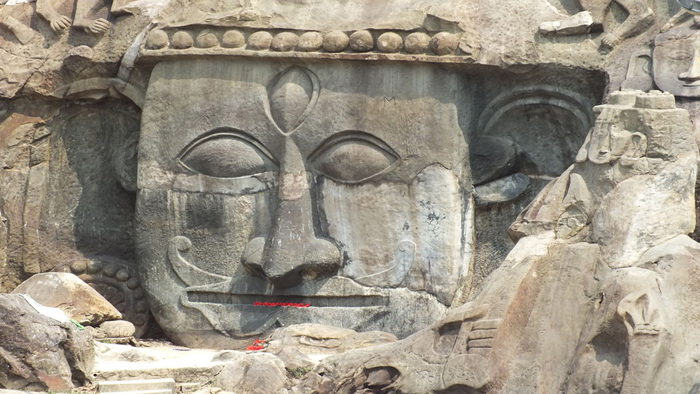
Its history can be known from the ‘Rajmala’ stories about the King of Tripura and the accounts of Muslim historians. According to Rajmala, the rulers of Tripura were called by the surname ‘Fa’ which means ‘father’.
Tripura is also mentioned in Mahabharata, many religious Puranas and inscriptions found during the time of the Ashoka Emperor. In ancient times, Tripura was called Kirat Desh. For many centuries this state was ruled by Tekipra State, but at that time no one was known about it. The book of Rajmala, which was first written by the Tripuri kings in the 15th century, gives complete information on 179 kings in it and Krishna Kishore Manikya (1830-1850) in it.
The boundaries of this state changed with time. In the south of this state lies the forest of Sundarbans, Burma i.e. today’s Myanmar, and Kamarpura state in the north. The Muslim rulers attacked this state from the beginning of the 13th century, which the state was completely ruled by the Muslim people in 1733, but they could never rule in the mountainous region. The Mughals had full influence over who to make a king in the Tripuri state.
When India was captured by the British, Tripura became a princely state. In British times it was a Tippera district and some people also called it Chakla Roshanabad (now it is the district of Bangladesh). Apart from this, there is also a Tippera hill, after which it has been given the name of the state.
Udaipur was the capital of Tripura when King Krishna Manikya ruled, but later in the 18th century, the king declared the old Agartala the capital of Tripura. In the 19th century, the new Agartala has changed as the capital once again.
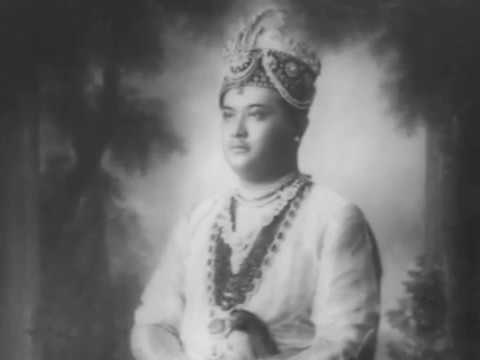
By considering the British system as ideal, Bir Chandra Manikya made many changes in which he also established the Agartala Municipal Corporation.
After India gained independence in 1947, Tippera district went under the occupation of East Pakistan and till 1949 Tippera Hill Regency was under the control of the council.
On 9 September 1949, the Queen of Tripura signed an agreement with India, making it a Part C state of India. In November 1956 it was made a Union Territory of the country without making any rules and in July 1963 its cabinet was also elected.
After independence, special attention was paid to the development of this state. Special attention was paid to traffic connecting this state to other states of the country. This state was only 350 km (220 mi) between Kolkata and Agartala before dividing state into two halves, but later these two cities became 1700 km (1100 mills) after the formation of East Pakistan.
When there was a fight between India and Pakistan in 1971, a large part of this state was captured by the Pakistan Army. But after the fighting was over, all the northern border states were re-created once, on 21 January 1972, three new states were created.
Meghalaya, Manipur, and Tripura were created in these three new states. After independence, all the people left East Pakistan and came to live in Tripura, mostly Hindu Bengali people used to come.
Most of the Muslim people lived in East Pakistan, so Hindu Bengalis came to this state in large numbers after 1949 to avoid them. Due to the increase in the number of Hindu people in Tripura, the struggle between the local Tripuri people and Hindu Bengali people continued, due to which many times there was violence.
Formerly a princely state, ruled by the Maharajahs for over 1300 years. After the reorganization of the states in the year 1956, it became a union territory and in the year 1972, it was granted full statehood.
The Tribal District Council was established to protect the people of this place, can stop the violence. That is why in 2016, this Tripura state is considered a very peaceful state.
Culture
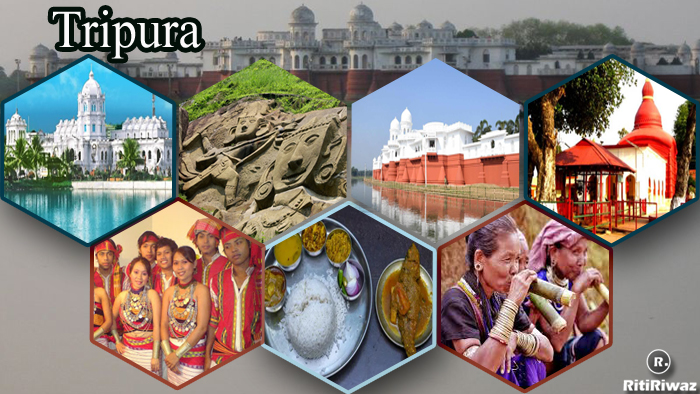
The culture of Tripura is quite rich, there are around 19 tribes in this state and still like to live in the forests. They could be isolated into two noteworthy gatherings as (i) Ab-unique and (ii) Immigrants. All the native tribes have been relocated to this domain from a spot in the middle of Tibet. Tribals like Tripuri, Rang, Dodge, Garo, Kuki, Uchoi, Manipuri, and Mizo still like to live mostly in the forests.
Here most of the Bengali Hindus live in large numbers and most of the influence of the Bengali Hindus on the culture of Tripura is also seen because here at one time the Bengali court and Bengali language were used extensively in the court of the Tripuri king. Today Hindus, Muslims, Buddhists, and Christians of all religions live together in this state.
Historically and culturally, Tripura is considered a very prosperous state. There are many folklores, mythologies, songs, stories, and puzzles in the culture here. All these stories have been made on the basis of everyday experiences, in which the description of the goddess, god, demon, witch, history, flora, animals, and the galaxy is all seen.
People of every society here take great care in keeping their premises clean and pay special attention to the environment. Some people here also consider the Milky Way galaxy as a way of death, seeing the rainbow that appears in the sky, it seems that it has come to the ground to drink the water of a lake, and a storm comes where the demons live.
There are many historical and cultural places in this state that people often visit to see. The Nilmahal-built palace, Ujjwanta’s palace library is considered to be the most famous place here, for sculpting them.
Suggested Read: Culture and Tradition of Indian States
Languages
Kokborok and Bengali are spoken exclusively in North-Eastern India. But apart from this, other languages are also spoken. People use the English language for official work.
But the locals here mostly speak the Kokborok language. The people of the tribe living here mostly use the Bengali languages like Sabroom and Chakra. Some people also speak Rankahal and Halam languages.
Costume
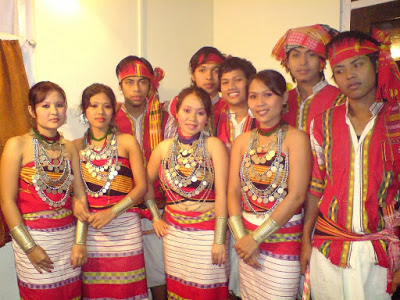
Risa, Rignai, and Rikutu are the traditional costumes of Tripura, which feature vibrant artistry in fabric. ‘Rignai’ is a very long and broad piece of cloth draped around the waist and which reaches the knees. A comparatively short cloth called ‘Risa’ is for the upper body and contains beautiful embroidery. Every clan in Tripura has its version of rignai in terms of design and patterns. Risa is worn by the bride during her wedding ceremony religious festivals are celebrated by the people of different religions.
More recently, young Tripura women like to wear blouses in place of Risa but on the occasion of weddings, it is mandatory for them to wear Risa. These women of Tripura also love to wear different fashion accessories, particularly beads and coin strands around their necks. The striped layout of the risa is supplemented with varying patterns of embroidery. The usual costume for men is a garment known as rikutu gamcha worn with a shirt known as kubai. They love to wear different fashion accessories mainly coin strands and plethora of beads around their necks.
The male counterpart used to wear ‘rikutu’ for the loin and ‘kamchwlwi borok’ for the upper part of the body. Kubai is a type of shirt that men wear with Rikutu. They wear a headgear known as a turban or Pagri to protect themself from excessive heat. Nowadays very few people wear these traditional dresses and they have adopted the modern dress of international style gaffa. The younger generation likes wearing jeans, trousers, and shirts.
Suggested Read: Traditional Dresses Of Indian States
Cuisine
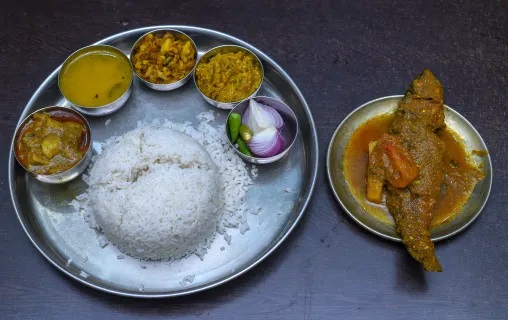
Fish is a common component in the diet of the people of Tripura, especially among the tribals. As the North East is blessed with natural resources and water, small fish are easily available in the streams around the village. Tribals love to stick around during monsoons in the lush green forests with small waterfalls in search of fresh small fish. They capture enough fish using a net that they can use in small qualities for the entire year. These fish are not only rich in protein and Omega 3 but they also taste delicious. Some of Tripura’s delicacies which include small fish are ‘Godok‘ and ‘Eggu‘.
Godok and Eggu are made with turmeric leaves as an important ingredient. Turmeric acts as a seasoning for the dishes and adds fragrance to them. These turmeric plants are homegrown and are also used to worship gods besides cooking. Kaching is another type of homegrown spice. There are 19 tribal communities in Tripura and people of the Debbarma community are famous for the spices in their cooking, Kaching being one of them. It is also used for cooking fish, and even chicken and pork. It adds flavor to their dishes and its fragrance can be smelt from miles away.
The tribals of Tripura, however, refrain from adding excessive spices to their food. They say it disrupts the taste of the food. Small fish, when added to regular dishes, make them even tastier and lip-smacking.
Local food items are the best as they complement the environment and lifestyle of people who have embodied these food items into their culture. It not only supports the local economy but also promotes a safer food supply within that region. It is always advisable to seek for fresh and local produce and even try to produce some of them yourself. It reduces the amount of energy, pesticides, and herbicides when it’s homegrown and is far better than marketplace organic labels. Thus, these food options are less costly to the natural environment and are safe for consumption.
Suggested Read: Famous Food Of Indian States
Fair and Festivals
The number of Hindus in Tripura is about 84 percent. Durgapuja is the main festival here. Kharchi Puja is one of the most popular festivals in Tripura. It is celebrated every year on 25th December. On this day, essay on festivals of Tripura it is believed that Lord Krishna killed the demon named Narkasur ruling Goa, through his ‘Sudarshan chakra’. Kharchi Puja is a Hindu festival.
Festivals like Durga Puja, Navaratri, Vijayadashami, Dol Jatra (Holi), Pous Sankranti, Ashokashtmi, and Diwali are the most celebrated festivals
The two major annual festivals are Gadiya (April) and Kas (June or July), in which animal sacrifices are made
Dance and Music
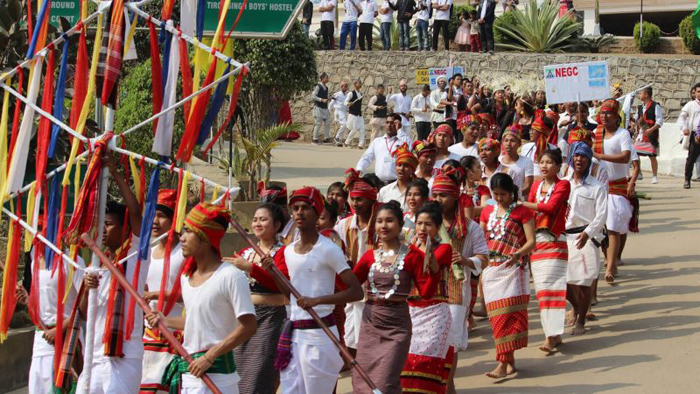
Music and dance are important parts of any culture. An instrument called Sumui is used here, which looks like a bansuri. People here use Kham which is also called Dhol. Here the Hosagiri dance of the ring people is very famous and in that dance, the girl dances on the pot. Many types of dances are found in this state such as the Lebang dance of the Tripuri people, the Biju dance of the Chakma people, the Vangla dance of the Garo people, and the Hahaka dance of the Halam Kuki logo, and the Ova dance of the Mog logo.
Instruments like Sarinda and Chongprang are also used by people here during music and dance. People here have their own different traditions and they try to preserve them through their songs and dances and perform them during weddings, religious rituals, and festivals. The Garia dance of the Tripuri people here is a kind of religious dance.
Garia, Masak, Sumani, Jhoom, and Lebang Boomani are famous folk dances here. Every community has its own dance, such as Hoangagiri of Reang, Gadiya of Tripuri, Jhoom, Malamita, Masak Sumani, and Lebang Boomani, Chakma’s Biju, Lusai Ker, and Welkam, Malsoom’s Hi-Haak, Garo’s Vangala, Mog’s Sangraika Chimithang , Pdisha and Abngma, Gdia of Kti and Jmtia, Bengali community Ganjn, Dmal, Surrey and Rabindra music, Manipuri community of spring amount and Pungclam major musical instrument Khanb, flute, Lebang, Srinda, two Are by and Kengrong.
Art and Crafts
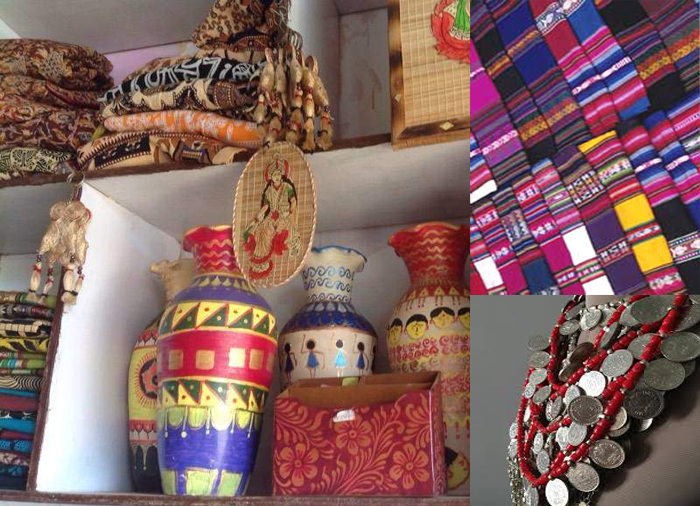
Tripura is famous for its wonderful and fine handicrafts. Most of the handicrafts available here are made from cane and bamboo. The tribes of the state are experienced in making amazing handicrafts out of these natural raw materials. Items are made here from handloom and bamboo is very popular. The major items you can find in the markets are jewelry, furniture of cane, lamps, bamboo dining tables, floor mats, and ornamental articles.
Famous Personality
- Manik Sarkar: Politician
- Sachin Dev Burman: Musician
- Rahul Dev Burman: Great Musician
- Somdev Devvarman: Tennis player
- David Dhawan: Film Director
- Dipa Karmakar: Artistic gymnast
Tourism
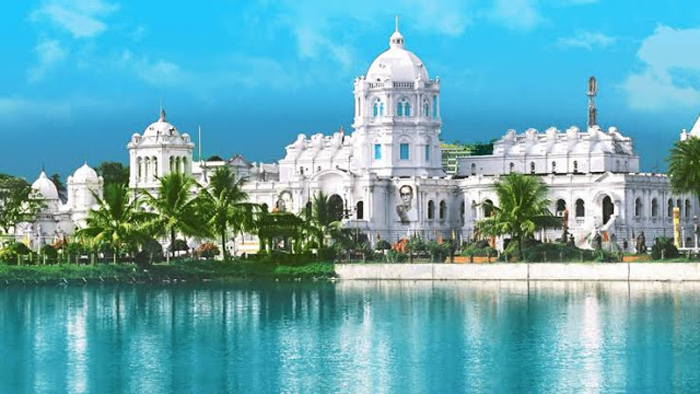
Tripura’s natural beauty, gardens, hills, wildlife, palaces, and temples never fail to capture the hearts of tourists who come here from far and wide.
The Mahabharata also talks about the state. This shows how old the history of this state is. There are many places here that people from all over the country come to see. This state was formed only a few years ago but its history is very old. Because in earlier times people used to recognize this state by different names.
Many types of palaces, temples, museums and hill stations are the specialty of this state. The weather here is also very attractive. Among the major tourist places of Tripura are Neermahal, Kunjwan, Jagannath Temple, Rak Murthy of Unakoti, and Tripureshwara Temple.
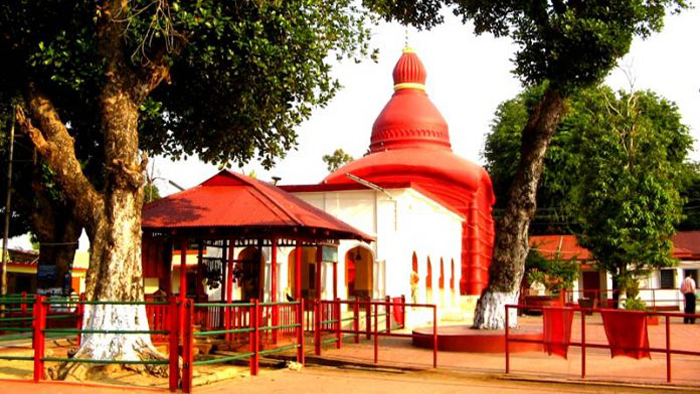
There are many places to see in a small state like Tripura which has become the main attraction of tourism. There are many splendid palaces (Ujjayanata Mahal and Kunjban Mahal in Agartala, Neermahal Jal Sarovar of Melaghar), stone carvings made of Murtiya (Uncotti near Kailashahar, Debtapura near Amarpur and Pilak of Belonia) and Tripuraishwari, the mother of Udaipur. There is a temple (one of the 51 Pithasthanas).
There are many water ponds here, such as some which are natural and some people have made themselves. Dumbur lake of Gandachera, Rudrasagar lake of Melaghar, Amarsagar, Jagannath Dighi, Kalyan Sagar of Udaipur, etc. There are also many hilly areas that people come from far away to see, such as Jampui hill, Siphijala sanctuary, Gumti, Rova, and Trisha, located on the border of Mizoram.
In Manu, Baramura and Ambas areas, the Forest Department has also made Kuch Gardens. Ujjayanta Mahal, State Museum, Heritage Park, Tribe Museum, Sukanta Academy, MBB College, Laxminarayan Temple, Uma Maheshwar Temple, Jagannath Temple, Benuban Bihar, Gedumian Maschid, Malancha Niwas, Ravindra Kanan, Purbasa, Handicraft Designing Center, Chaudah Temple of the Ladies, Portuguese Church is the main attraction center of Adi Agartala.






